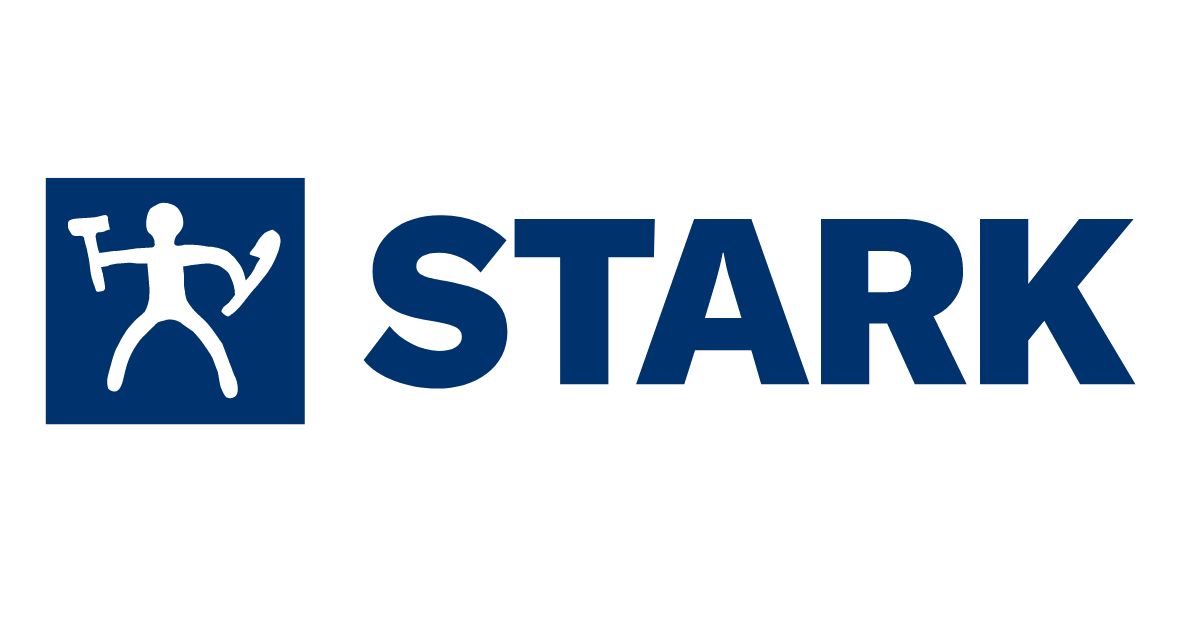Lorry Loader Lifting Plan
When lifting heavy or large objects, it is important to consider the risks involved. As a lorry loader driver, it is likely that you will be regularly loading and unloading a variety of goods, which can cause muscle strain and injury and if managed incorrectly. By preparing yourself with a safe lifting plan, you can mitigate the risk of hurting yourself and others, and avoid damaging your customer’s goods.
At HGMS, our team have a duty of care to protect our drivers against workplace injury by providing training and information regarding the safe handling of goods. To help protect yourself and others, we have put together the below Lifting Plan Guide.
What is a lifting plan?
A lifting plan is a risk assessment and method statement used to survey the level of risk whilst loading and unloading goods, using the safest and most efficient methods possible.
What should a lifting plan include?
Your lorry loader lifting plan should include, but not be limited to:
- Details of the load
- Details of equipment needed
- List of lifting crew, including their responsibilities
- Assessment of physical and environmental conditions
- Any other relevant information including special precautions
Details of the Load
When preparing a lift, it is vital that you are aware of the weight and dimensions of the goods being lifted. Sometimes freight is labelled incorrectly, so it is your responsibility to know the details of what is loaded on your trailer so that you know how to safely unload it.
Maximum dimensions should be recorded to give you the most room when moving items, and the lifting capacity of your crane should always be noted to ensure that you do not damage your equipment.
Assessment of Physical and Environmental Conditions
When conducting a lift, it is important to ensure that you have enough space to safely unload your goods. If you are in an environment with limited space, you may need to consider some adaptations to your lifting plan to allow your equipment and lifting method to work safely in full capacity.
Considering the space around your also means checking for any overhead wires or power lines, uneven ground, or other obstacles which could affect your ability to unload your goods safely.
Lifting Safely
Taking steps to avoid strain on your back when lifting heavy objects can help to mitigate the risk of severe accidents and long term injury. To avoid injuring yourself or compromising the safety of those around you, you should always take into account:
- individual capacity
- carrying distances
- safe lifting techniques
By reducing the amount of reaching or stooping by avoiding lifting goods which are floor level or above shoulder height, you can lift items more safely. Overall, it is important to know your limits and avoid trying to lift or handle more than can be easily managed.
About HGMS
HGMS Specialist Driver Resourcing is a recruitment and employment agency specialising in the HGV sector. Providing a managed service to industry leading building distribution companies supplying UK wide temporary and permanent HGV drivers, HGMS works closely with their clients on the recruitment and placement of drivers. If you are an HGV driver looking for work, contact HGMS today by completing our contact form.


